The wrong way to make a storyboard sequence~
How my story got torn apart by my favorite directors
To anyone new here, hi! I’m Wren, a Story Artist in animation! This blog is my personal notebook where I look for what makes stories tick, and how we can tell better stories in this medium.
I believe animation has the potential to move people more than any other medium, to change the world for the better. But, at a time when the people need new ways of seeing most, it feels like our industry is failing them. Like we’re repeating the same mistakes and failing to connect with audiences who need to feel connected.
What if instead we took the time to learn from our mistakes, and treated stories the same way we treat anything else - like something we can fix!
I’ve written so many pieces breaking down other people’s stories, but today I wanted to take you on a tour of a story of my own - and figure out how it could have been better.
More specifically, I wanted to reflect on my most recent storyboard sequence, which I made in Stephanie Stine’s course. Stephanie was a director at DreamWorks (most recently on Kung Fu Panda 4), and her course alumni are some of the best Story Artists in the industry.
Getting be a part of it was a dream, as the selection process is famously super tough, and I wanted to show the best I could do!
Over the course of two months, we had to make two original ~5 minute sequences, culminating with a pitch to a panel of industry directors who either love what you make, or hate it and banish you from the industry (I’m kidding, but that’s how it felt!). This new sequence needed to be more entertaining, more whimsical, more than anything I’d made before! But, could I deliver on that?
Before you read on, you can watch the sequence here! It might be helpful to see what the final story looks like, but I’ve tried my best to give context throughout the post in case you’re in a hurry. This essay is formatted in bite-sized chunks for easier reading - feel free to skip around, or listen to the audio version at the top~
Week 1: Story-structure
Typically, I start a sequence by finding its characters and the emotional arc they take through the story - structure is a great starting point! But with this sequence, I wanted to try something different. Since the stakes were so high - the drawings had to look great! It’s also common story advice to tell a story from your culture, and I’d been curious to explore that for a while, so I started racking my brain for ideas.
Ever since I was little I’ve loved the Bulgarian tradition of Kukeri - every spring, men and women go from village to village dressed in their hand-crafted masks and costumes and huge bells, dancing to scare away evil spirits. This is known as the Spring Dance.
I was hoping the judges would be impressed by the unique folklore elements - so I started exploring character designs, interaction moments, and silhouettes. I was also curious - what would this interaction feel like from the perspective of a spirit? From the beginning this sketch caught my eye:
As I started drawing her more and more a question formed - what if she was the main character? Do all spirit hunters hate spirits? Could a spirit hunter love a spirit? What if, on the day of the spring dance a spirit disguised herself as a human and entered a town to see the dance? What if she was there for a date with a hunter?
What would the moment her identity gets revealed look like? I wrote up a draft centered around that moment - what did I need to set-up for it to hit as hard as it could?
Every story is built around this idea of setup and payoff - Three-Act-Structure, Ki-sho-ten-ketsu, all need a satisfying reveal. But from the start, my story was showing signs of the problems to come - while the premise was simple, trying to set up so many folklore elements in such a short amount of time was really weighing down the story.
I was also struggling with the emotional arc - I knew what the payoff would be, but there was too much setup. Something a mentor of mine once told me is that “if you don’t have a structure, you don’t know where you’re going - you’re just moving blindly”! I knew where I wanted the story to go, but no idea how to get there.
Nevertheless, I had to keep moving to stay on track, and I did the rough drawings for the sequence with the script as it was. It might be easier to see the issues if we look at a single scene of the story, so here is the outline for its climax.
Week 2: World-building
Spring Dance version 8 - Climax sequence
The boy reaches out, confused, and takes off Diana’s monster mask. He is shocked to see her true form isn’t too dissimilar from the mask!
Diana’s identity revealed, her eyes dart to him - what will he think?
Someone in the crowd yells out "She's a SPIRIT"! The Hunters swarm the square, and begin dancing and chanting to sap Diana of her power.
The boy hesitates, then makes up his mind.
He pushes through the hunters to reach Diana, and grabs her hand, the scales she’s unable to hide now in his touch.
She’s still terrified - will he accept her? Or throw her over to the Kukeri!
He smiles, and strokes the back of her hand gently. The spirits come rushing through the town in a wave, overwhelming the Spirit Hunters.This is what that moment looks in the final piece!
I actually still really like this story beat - ”What if my date sees the real me and rejects it?" is a question I feel strongly about. “Tell the truth, and make it rhyme”1, right? But how does this scene make you feel? Even two months after I first wrote it, it feels like it’s missing a point-of-view. Like there are too many elements.
Before we’ve even put a camera in the scene, you can see that I haven’t made up my mind as to who the main character is - and our perspective just bounces between them. This was something Michael Yates commented on: “Our perspective in the story is omnipresent - it feels like we’re watching a theater play, where we can see everything clearly - there is no mystery”.
Which makes me ask - is the mystery of a character’s thoughts what makes a scene gripping? And is it that we create that mystery by grounding the audience in our protagonist’s thoughts?
But with so much to set up, it’s hard to both ground your audience in an experience and simultaneously explain how it works.
For this moment to work, I needed to set up:
* Diana and her powers - what are the spirit hunters trying to do?
* The spirits - a visual representation of her feelings
* The spirit hunters - and their relationship to Diana/the town
* The boy, in love but oblivious to Diana's nature
* The Village - for their reaction to the revealAnd yet, for all the world-building here, none of it supports the payoff I was building towards. I’m curious if this moment couldn’t be re-arranged to do just that.
What if the crowd’s reaction was a larger part of the payoff? If I had done a better job of setting up their expectations of Diana, rather than passively existing, their reaction would actually strengthen the payoff of the reveal!
“Something to think about in world building is that every idea you add to a story competes for the small amount of running time available with every other idea in the story - so make sure your world-building actually supports your emotional arc!” - Eric Elrod, Head of Story at SkyDance Animation
What else in the story could I re-arrange/re-purpose as a Setup/Payoff? Or, if an element doesn’t fit as either, is there any way to make the story work without it?
Week 3: Love
As the final pitch approached, I found myself reflecting on the entire project. They say you have to care deeply about your story to make it good, and I cared more than anyone - but I maybe forgot that caring whether people will like it isn’t the same as caring about the story. The lack of a Point-of-View, or the folklore elements being too heavy - maybe those stemmed from having the wrong goal to begin with.
I recently listened to a podcast episode with Celine Song where she said this:
“(Love) is always an endlessly fascinating thing because it's the one thing that makes me feel like a fool. I'm a director, I have answers all day. Every day they ask me a million questions and I have answers to all of them. They're like “this shade of pink or this shade of pink”. And I'm like “this shade of pink”. I know for sure. I have answers. I'm a boss.
So it's amazing that there is this one thing that forces me to completely surrender. What a beautiful thing that I just feel like, oh, thank God there's something that makes me completely have to let go.” - Celine Song, Dir. Past Lives (2022)2
What would a story that I made for myself have looked like? One that didn’t have to impress anyone, one whose subject matter I couldn’t help but be fascinated by? Is, maybe, what makes a story interesting its author’s own fascination with it?
The final weeks of making a sequence are usually dedicated to cleaning up the drawings - adding tone and light, making sure the acting is fun and interesting.
There’s no time to make big changes to the story - that would mean scrapping weeks of work, and you just can’t afford that. It’s better to present something, even if you’re not entirely happy with it. As the deadline approached, I started to pull all-nighters to get the project done in time, and at some point, it was done.
The final guest list of the pitches was Michael Yates (Pixar), Joaquim Dos Santos (Sony, Spiderverse), Dave Pimentel (Disney), Eric Elrod (Bluesky, SkyDance), and Tale Linh Do (Netflix).
I headed into the final pitch with the best I could do.
Week 4: Takeaways
My friend and classmate Adel once told me “A good story asks nothing of you. It knows what it is, and so whether you like it is up to you.” People can tell when you're waiting for their approval - and it’s a big burden to put on your audience. I wonder what it’s like to make a story like that.
While you’re in a course, it really feels like the whole world revolves around how good your final sequence is. And then it’s over, and you and all your classmates move on with your lives. You learn what you need to work on next, maybe some of you get hired. But once it’s over, it all feels so small - this thing that was your whole world becomes actually just a tiny part of who you are.
You’ve seen the pitch feedback scattered throughout the essay. You already know what the judges thought of the sequence. Despite all the criticism, I also got a lot of positive notes! It turns out you learn a lot from failing. This sequence also somehow got me an interview at SkyDance, so I don’t want to sound too down on myself (haha).
As I’ve progressed and met people I had looked up to for years as peers in these courses, I’ve realized that getting hired is actually the very beginning of an artist’s journey. Getting to understand film making, directing, and your own storytelling sensibilities are projects that take a lifetime.
But this is a blog post, and since those are inherently considered self-help, I would be remiss to close out without a fun list of everything I learned making this sequence.
☀️ Wren’s internet-friendly list of takeaways
You need a Character Arc and Point-of-View to drive your story - otherwise you're drawing with no direction, each moment as important as the last. It also makes responding to notes a pain - you can go around in circles forever playing whack-a-mole with story issues.
Do your homework - go through your script, identify what each line is trying to accomplish, and scribble that on the page! Find the setup/payoff opportunities, the subtext of your lines & dialogue.
And lastly, make things for yourself - make something you want to see! If nothing else, it makes it easier to keep going, and to look back on what you made with pride, rather than regret.
With the course over, I want to do something Stephanie told me to do over and over throughout the course - find what I care about, what I love that brought me to telling stories in the first place. See you all in a few months:)
While I quote a lot of different people in this essay, the foundations of everything that I learned start with Stephanie, and I am so so grateful to have had the opportunity to take her course! She is an endlessly generous and knowledgeable, and I am lucky to have gotten to learn from her!
Equally, I’m so so grateful to my classmates - I learned just as much from all of you, and I can’t wait to get to work with all of you again! You guys are the best!
And thank you to Eric Elrod, Michael Yates, Dave Pimentel, Joaquim Dos Santos, and Tale Linh Do for looking at our pitches and being so generous!


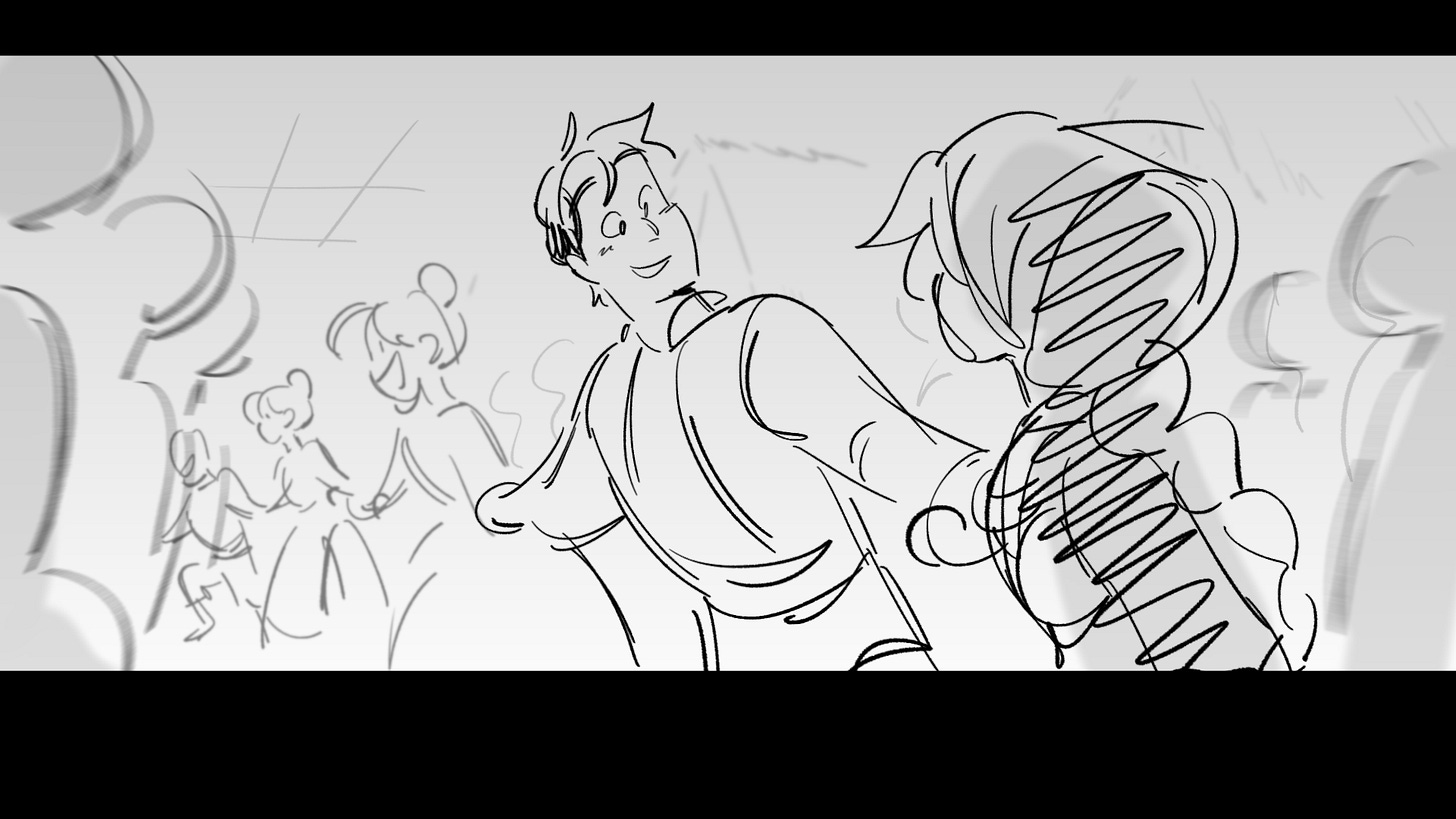
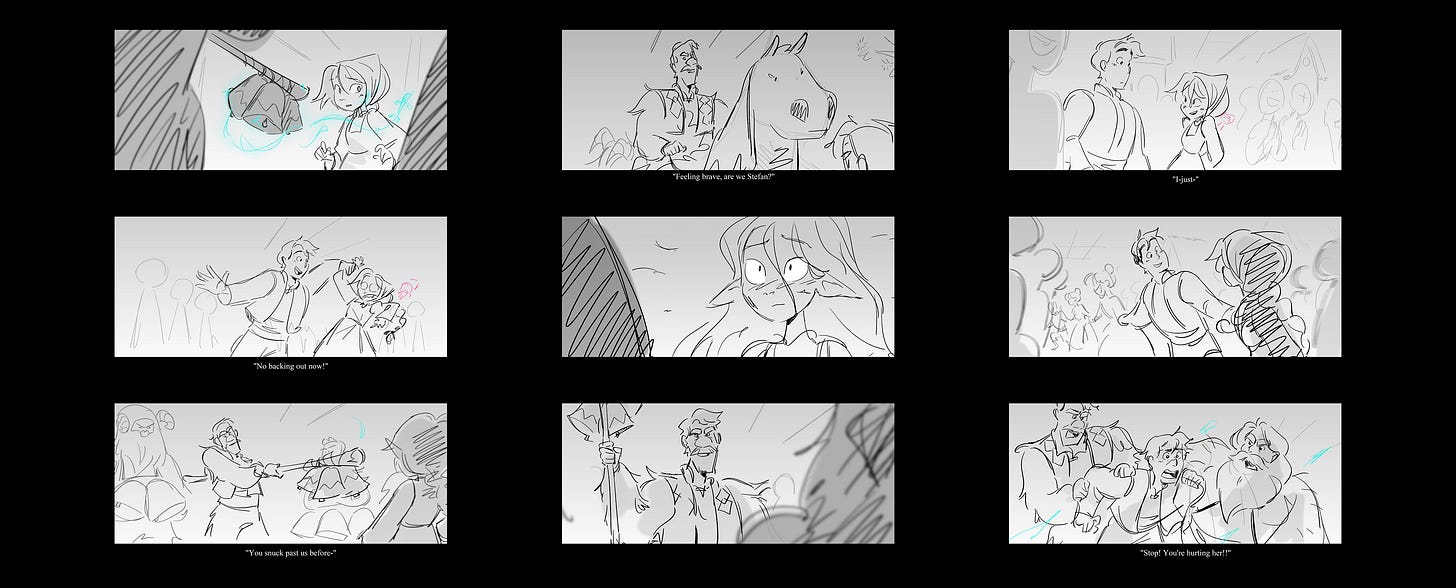
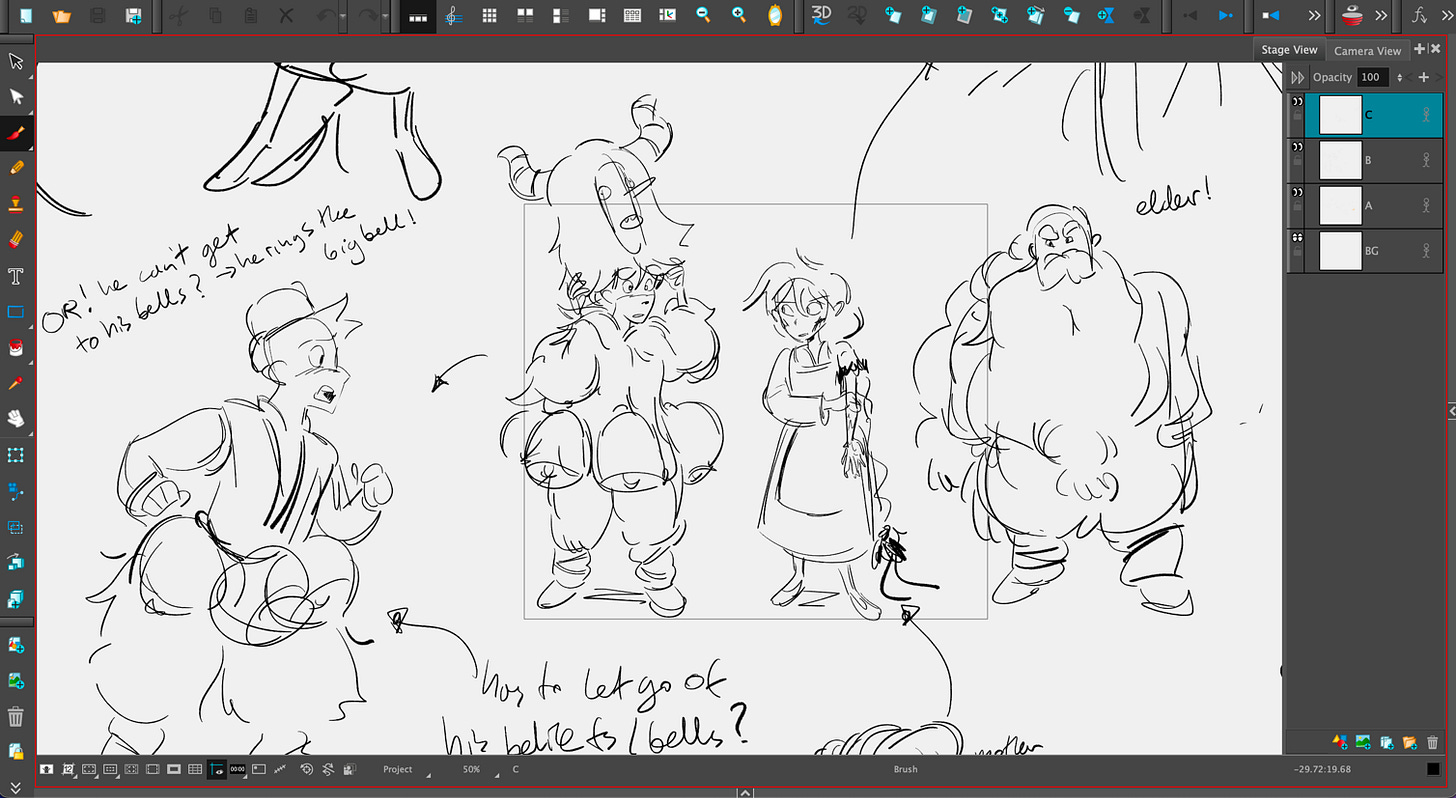
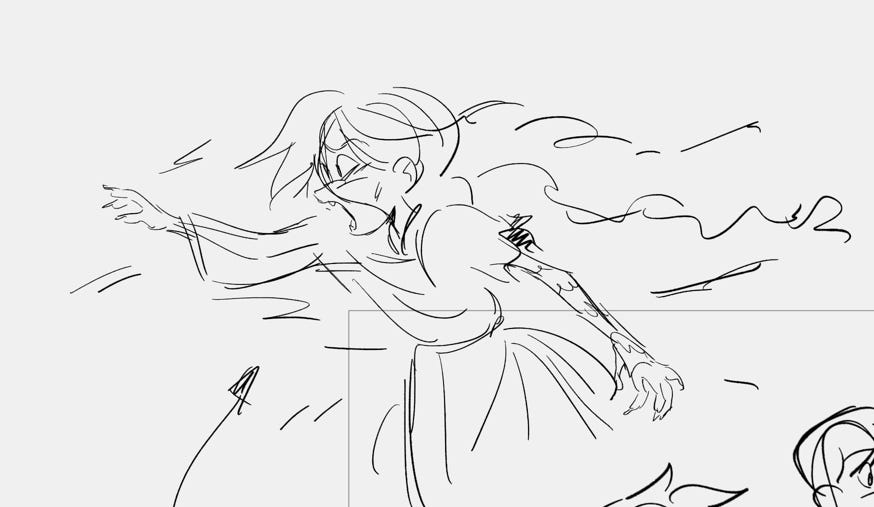
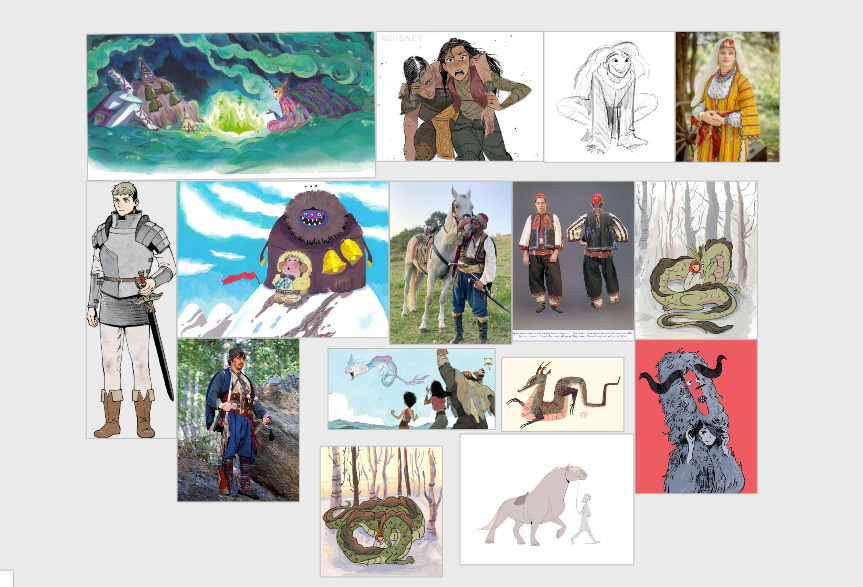
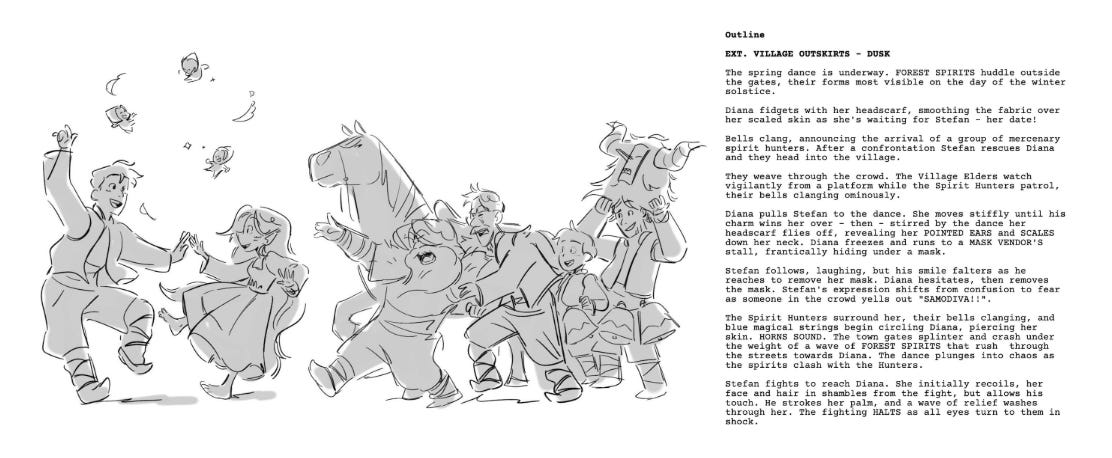


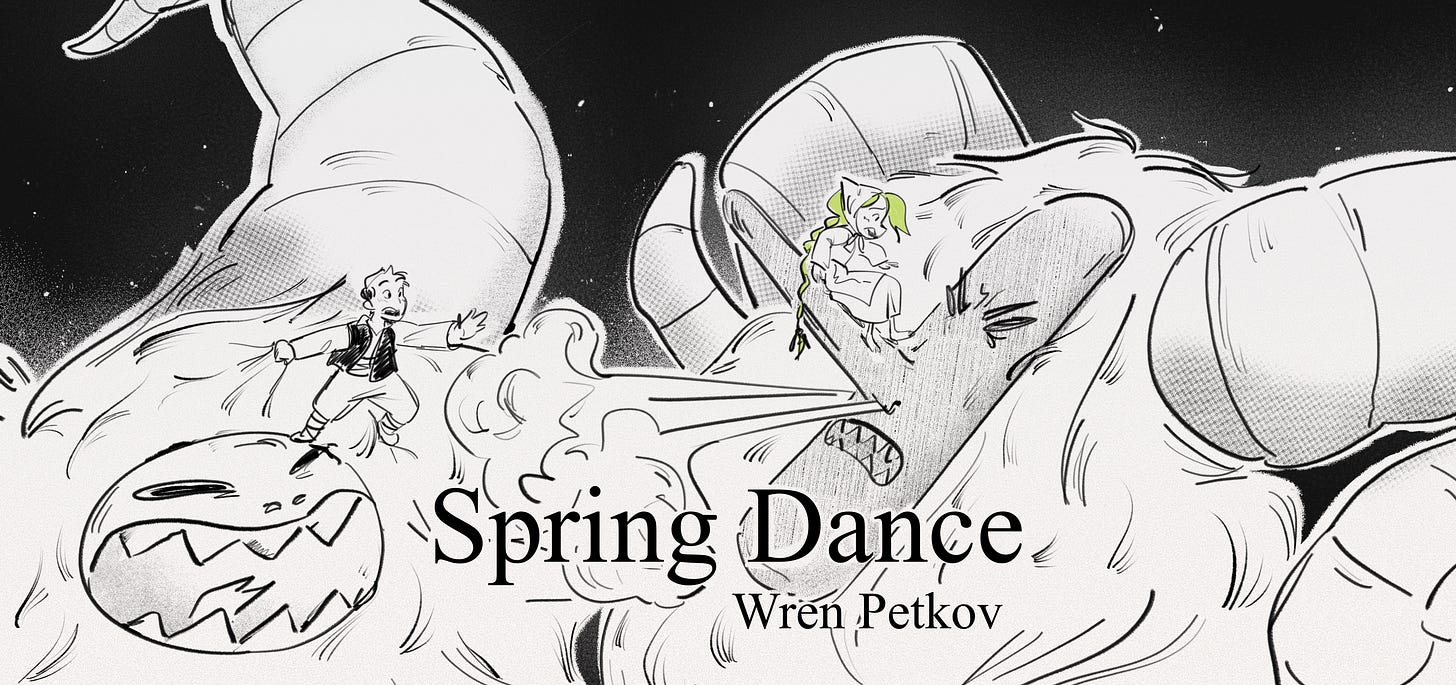
i've watched storyboards of some animated movies, and watching your sequence, just, WOW!!! it felt like those are the bones of a full blown movie i haven't seen!! huge huge props to you, it's amazing and marvelous💌🫶
The way you talk about the project, I can see your love for it and it's a beautiful thing, thanks for sharing your takeaways and the experience. It's all super interesting and incredible to read <3